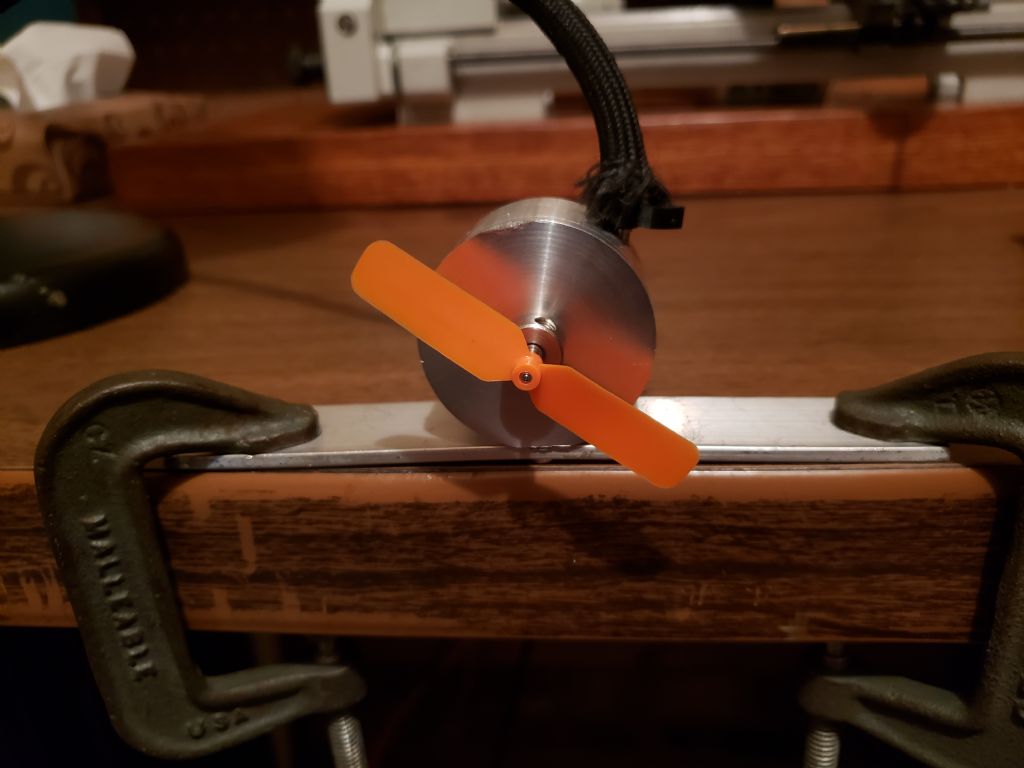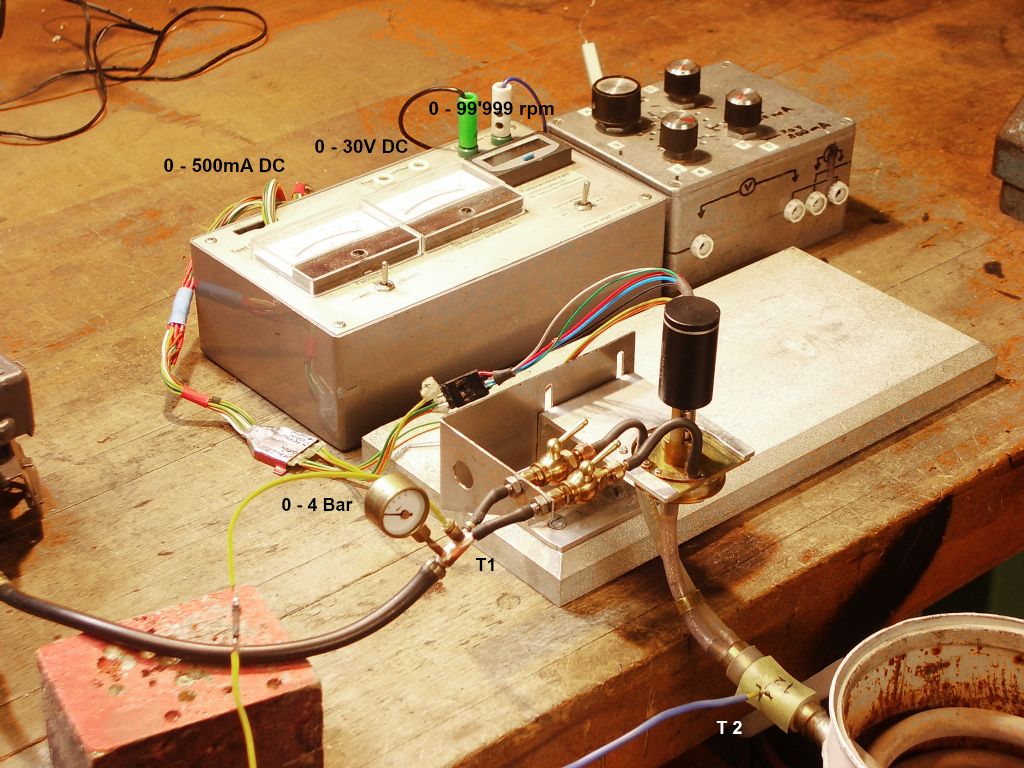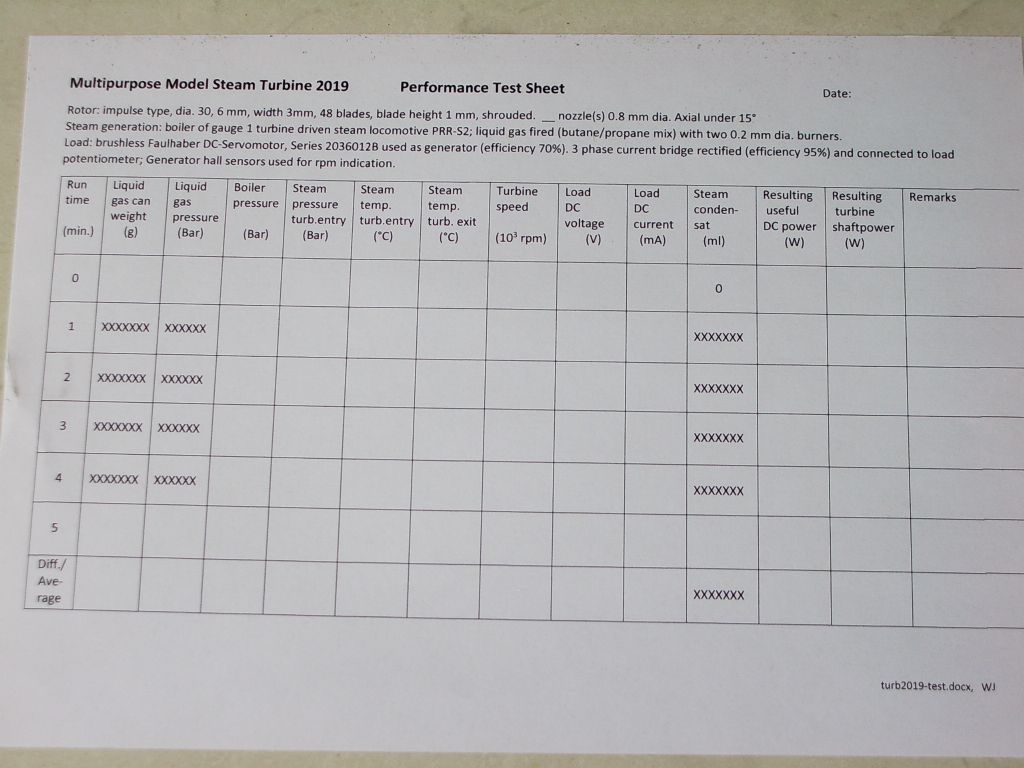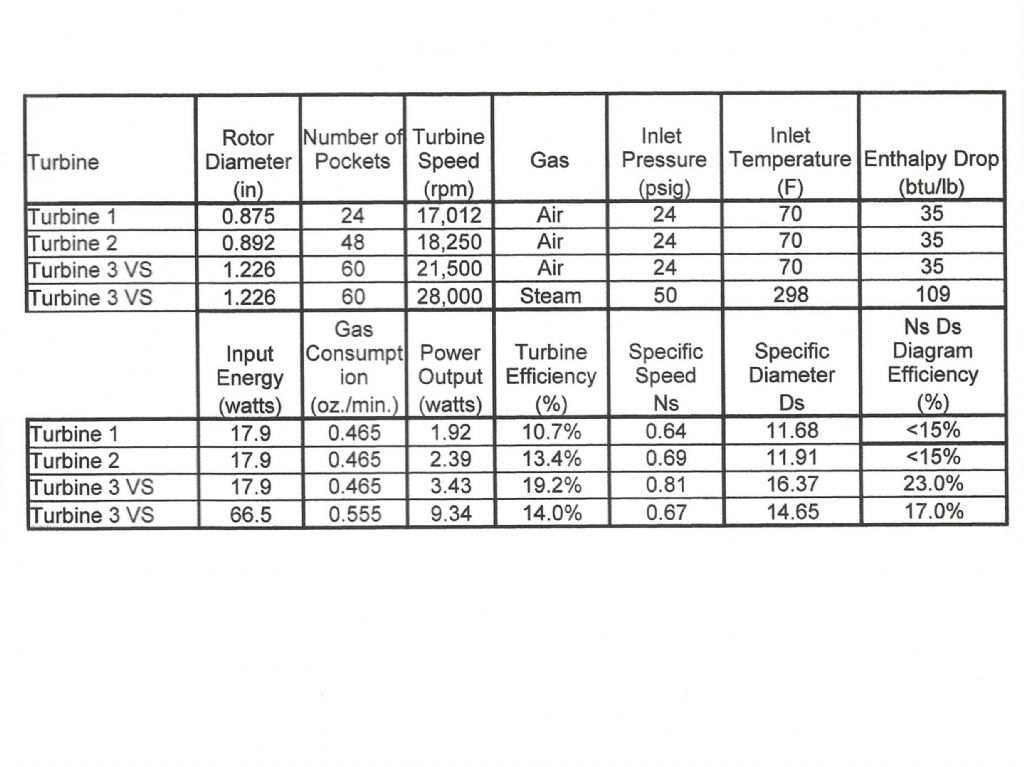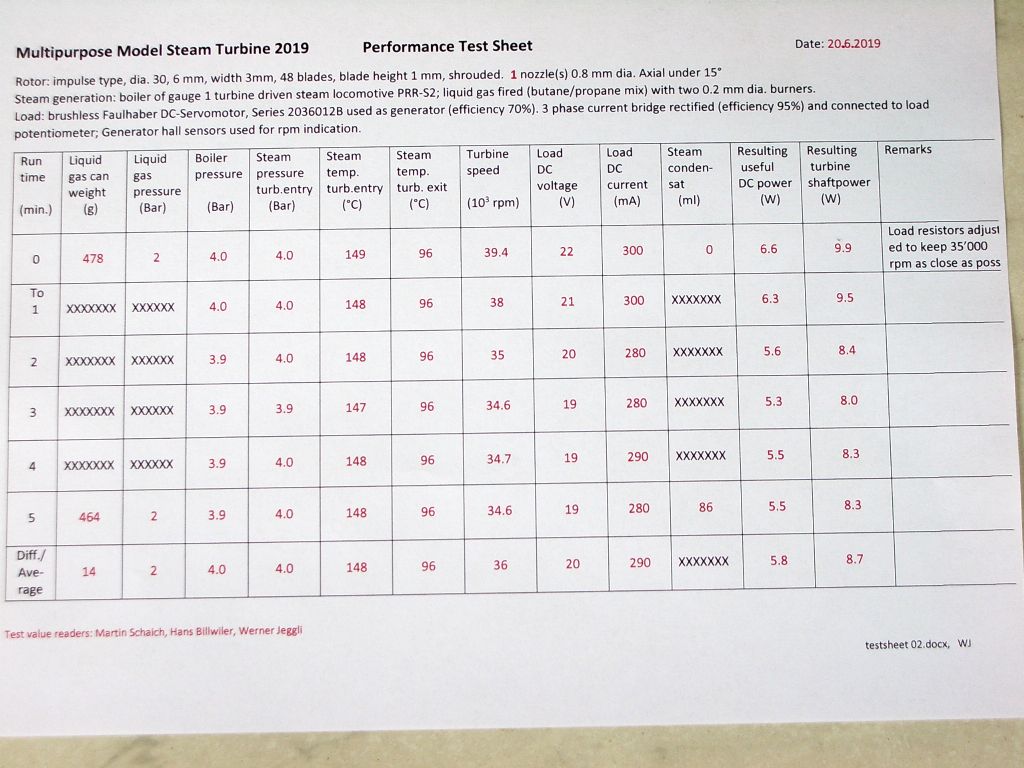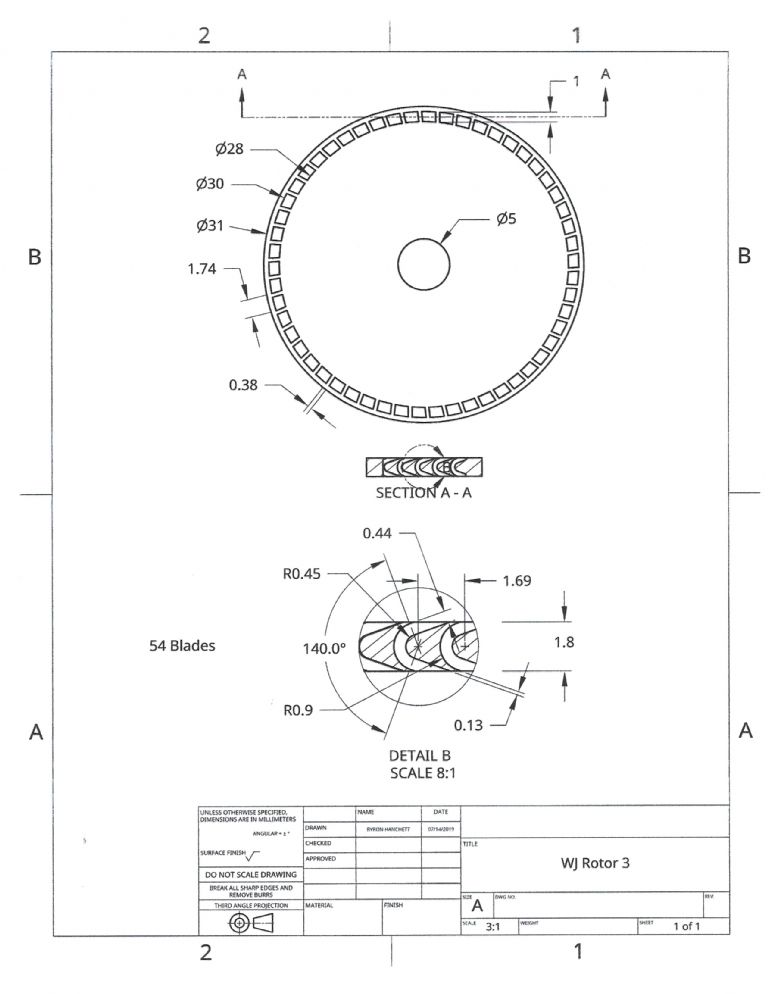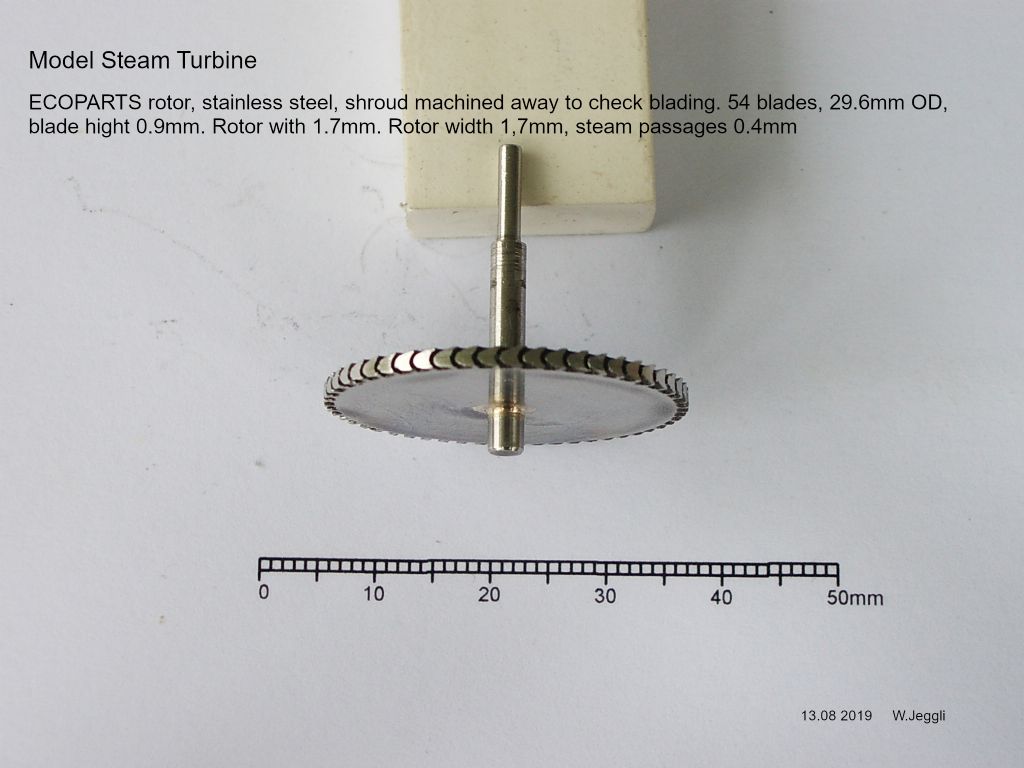Hi Werner
From my understanding, increase in entropy of the steam as it flows through the pipe will be due to friction and that will give a rise in thermal energy content of the steam which is basically random motion of the water molecules. In a perfectly efficient nozzle there is no increase in entropy as the steam accelerates and all the available thermal energy is converted to kinetic energy as the molecules tend to move more in the direction of bulk flow.
When you say “airplane wing effect” are you referring to loss of pressure in air as it accelerates as it passes over the upper surface of a wing? If steam pressure drops as it flows along the pipe then the steam will have a larger specific volume (i.e. volume occupied per kg). Since mass flow rate is constant that means the volume flow rate must increase and so the velocity must increase. That will require energy and so the temperature of the steam will decrease. A small acceleration of low velocity steam will require very little energy since kinetic energy is propotional to velocity squared.
If I understand you correctly, then you think the velocity increases quite a lot in your pipe. Does that mean the pipe is very narrow?
But whatever loss occurs in the pipe, is it not the steam condition at the nozzle entrance that is important? As Turbine-guy said, if you attach a pressure gauge just before the nozzle, then you will know the pressure and temperature at the point where it matters.
What is the internal diameter of your supply pipe? Is it very small? Knowing the temperature and pressure at the nozzle entrance would allow you to calculate the velocity in the pipe and hence the kinetic energy in the steam. However, it is usual for any pressure drop along the main supply pipe to be small because the pipes are generally much larger in cross-sectional area than the narrow point of the nozzle. By the time steam reaches the narrow point of the nozzle it has expanded to a lower pressure and so the volume flow rate will have increased a lot. This and the small size of the nozzle means a high steam velocity. In the supply pipe the pressure is high so the volume flow rate is small. This fact plus the large cross-section of the pipe means the velocity is low.
I'll be interested to hear if you agree with any of this.
Regards, Mike
Turbine Guy.


